By Julie Appleby | KFF Health News
“How much is the ice cream?” A simple enough question, featured on a new TV and online advertisement, posed by a man who just wants something cold. A woman behind the counter responds with a smile: “Prices? No, we don’t have those anymore. We have estimates.”
The satirical ad pretends to be a news report highlighting a “trend” in which more retail outlets take up “the hospital pricing method”: substituting estimates for actual prices for the cost of meals, merchandise on store shelves, and clothing. The scene ends with a partially deleted expletive from the ice cream-seeking man.
While the use of estimates in retail settings is imaginary and preposterous, the advertisement is part of an ongoing campaign by the advocacy group Patient Rights Advocate, which contends that some hospitals are still falling short of a law that went into effect in 2021 requiring them to publicly post their prices. Even then, said Cynthia Fisher, the group’s founder and chairperson, too many post estimates rather than exact dollar-and-cent figures.
“People need price certainty,” said Fisher. “Estimates are a way of gaming the people who pay for health care.”
Although government data shows that hospitals’ compliance with price transparency rules has improved, updating the requirements of that law is the focus of a new proposal by the Biden administration, which aims to further standardize the required data, increase its usefulness for consumers, and boost enforcement. Even with all that, however, the goal of exact price tags in every situation is likely to remain elusive.
“We’re closer to that, but we’re not there,” said Gerard Anderson, a professor at the Johns Hopkins Bloomberg School of Public Health, who studies hospital pricing using the data that hospitals have already posted.
The proposed rule is designed to make it easier for consumers to learn in advance exactly what they might owe for nonemergency hospital care — though that was what the original price transparency rules were supposed to do.
Roadblocks to price transparency
Requiring hospitals to post their prices is part of a larger effort to make medical costs less opaque, which could help individual consumers predict their expenses and possibly slow health cost inflation, if it leads employers and insurers to contract with less expensive providers.
But the data files themselves are massive, often hard to find, and complex to decipher.
“Even for us, it’s really hard to use,” said Anderson.
Under current regulations, hospitals must publicly post prices for every service they offer, from drugs to stitches to time a patient spends in an operating room, as well as show all the bundled costs associated with 300 “shoppable” services, which are things people can plan for, such as a hip replacement or having a baby. Several different prices are required, including those they’ve negotiated with insurers and what they charge cash-paying customers.
Similar regulations, but with more prescriptive details and tougher penalties for noncompliance, went into effect for insurance companies in 2022, requiring them to post prices not only for hospital care, but also for outpatient centers and physician services.
The new hospital requirements proposed by the Centers for Medicare & Medicaid Services help “catch up to what they did with health plans,” said Hal Andrews, CEO and president of Trilliant Health, a market research and analysis company.
“It’s a step down the path to making the data more accessible” to data analysis firms that create online price comparison tools, said Jeff Leibach, a partner at the consulting firm Guidehouse. “And, ultimately, consumers who want to shop will then find this data more easily.” Many hospitals, insurers, and third-party data firms have made such cost comparison tools available.
Standardized data and ‘expected allowed amounts’
Even the new requirements may not resolve the demand that is central to the dystopian ad’s ice cream-seeking man: getting exact prices, in dollars and cents. Such specificity may remain elusive for some consumers, if only because of the nature of medical care.
“Each patient is unique and uses a slightly different bundle of services,” said Anderson of Johns Hopkins. “You might be in the operating room for 30 minutes, or it might be 45. You might need this lab test and not that one.”
The proposed rule would, for one thing, further standardize the data required so that reporting is more comparable between facilities. It also mandates hospitals make their data sets easier to find on their websites, which could help data aggregators and consumers alike, and puts administrators in the hot seat to attest that their hospitals have posted all the required information accurately.
Individual hospitals that fail to post properly would face additional publicity by federal regulators: “Consider it a public naughty list,” said Marcus Dorstel, vice president of operations at data analysis firm Turquoise Health, which provides an online tool consumers can use to check prices across hospitals.
In addition, the proposal adds a data category awkwardly called “consumer-friendly expected allowed charges,” aimed at giving more information tied to the varied ways hospitals set prices. In plainer language, those allowed amounts are what hospitals expect to be reimbursed by insurance companies.
Some experts say that will be helpful.
For example, Dorstel said, currently a service might not be listed as a particular dollar amount, but the hospital will show the price is based on “70% of charges.”
“Without the expected allowed amount, that doesn’t tell you anything,” Dorstel said.
Still, critics — such as Patient Rights Advocate, the group behind the new ad campaign — say that nodding to such allowed amounts will lead to even more estimates, rather than what they prefer: dollar-and-cent assessments.
“You and I would not buy a blouse at an average estimated amount,” said Fisher.
Health care isn’t like blouses or ice cream, responded executives from the American Hospital Association when asked about the advertisement and Fisher’s concerns about exact, upfront amounts. In many situations, for example, it may be hard to know ahead of time exactly what kind of care a patient will need.
“Very few health services are so straightforward where you can expect no variation in the course of care,” which could then result in a different cost than the original assessment,” said Molly Smith, AHA’s group vice president for public policy. “Organizations are doing the best they can to provide the closest estimate. If something changes in the course of your care, that estimate might adjust.”
Compliance falling short
While hospitals’ compliance with posting price information has improved, it still falls short, said Fisher, whose group in a July report said only 36% of 2,000 hospitals it reviewed complied with all aspects of the current law, marking as deficient those that had incomplete data fields or used formulas instead of dollar prices.
But the American Hospital Association says Fisher’s group “misconstrues” hospital compliance, in part because hospitals are allowed to leave spaces blank, if, for example, they don’t have a cash-only price. And formulas are allowed if that is how the prices are set.
The hospital group points instead to a CMS report from earlier this year that showed compliance was increasing year over year. It said 70% of hospitals were compliant with the current requirements of the law.
It took some doing to get that far. Since 2021, the federal government has sent more than 900 warning letters to hospitals about their posted data, with most resolving those concerns, according to the proposed rule. Four hospitals have been fined for failing to comply with the transparency law.
KFF Health News is a national newsroom that produces in-depth journalism about health issues and is one of the core operating programs at KFF—an independent source of health policy research, polling, and journalism. Learn more about KFF.

